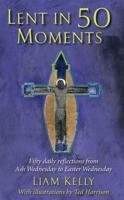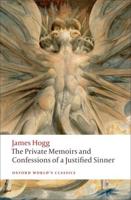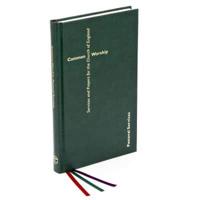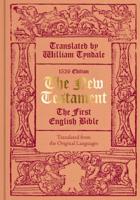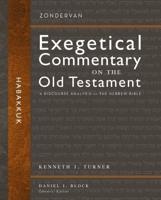Publisher's Synopsis
The Gospel of Thomas all but disappeared during the persecutions however some very rare partial copies regularly turned up. Until it's rediscovery among many other well-known Scriptures near Nag Hammadi, Egypt in 1945. Known today as the "The Nag Hammadi library" is a collection of Gnostic texts. Twelve leather bound papyrus codices buried in a sealed jar were found by a local peasant named Mohammed Ali Samman. The writings in these codices comprised fifty two mostly Gnostic works, but they also include three works belonging to the Corpus Hermeticum and a partial translation or alteration of Plato's Republic. It is believed the Scriptural Codex's belonged to a nearby Pachomian monastery, and were buried after Bishop Athanasius condemned the use of non-canonical books in his Festal Letter of 367 AD. In AD 367, Athanasius of Alexandria authored the 39th Festal Letter, or Easter letter, which was approved at the Quinisext Council. In it, he listed the same 27 books of the New Testament that are in use today. Scholars generally place "The Gospel of Thomas" origin "meaning: origin of the COPY ONLY" sometime between the 1st and late 2nd centuries. The first was discovered in the late 1800's among the Oxyrhynchus Papyri, and consists of fragments of a Greek version, which has been dated to 200 AD. The second is a complete version, in Coptic, from Codex II of the Nag Hammadi finds. This Gospel presents as possibly earlier version than the gospels of Matthew, Mark, Luke and John that were recorded and compiled by 70 A.D. comprised of 114 "sayings of Jesus," some of which are similar to the sayings recorded in the canonical Gospels and some of which are not; however this gospel lacks the "polish" of the canonical gospels. The Gospel of Thomas is a collection of secret or private sayings, prophecies, proverbs, and parables of Jesus of Nazareth; many scholars believe this gospel provides insight into the Oral gospel traditions.

